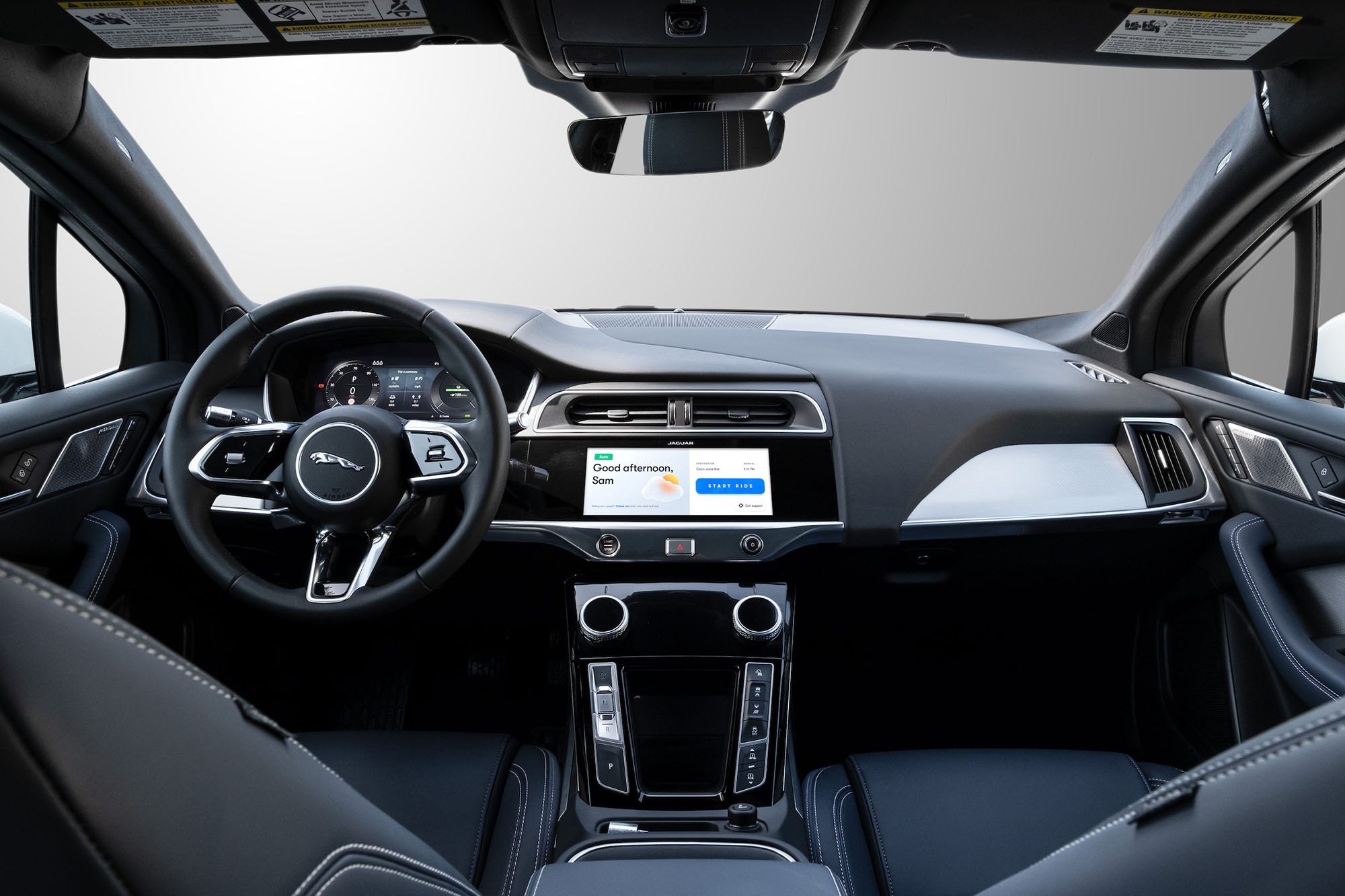A Guide to Using Waymo Taxis
Hailing a ride from these autonomous vehicles is easy but limited to certain locations.
 Waymo
Waymo
The concept of autonomous vehicles has been a staple of science fiction for decades. But with self-driving taxi cabs now operating on public roads, it's become a reality.
Several companies, including Cruise from General Motors, Motional from Hyundai and Aptiv, and Zoox are developing and testing self-driving vehicles for ridesharing use or commercial shuttle service. Still, as of October 2024, few companies currently give the general public access to their autonomous taxis.
Waymo is among the nascent industry's biggest players. The company is owned by Alphabet, Google's parent company. It started testing autonomous taxis on public roads in 2017 and began passenger service in 2018.
The service's fleet includes Jaguar I-Pace EVs with sensor-laden rooftop humps and fender protrusions, making them easy to spot. The service is currently limited to Phoenix, San Francisco, and Los Angeles. Next year, Waymo plans on expanding to Atlanta and Austin, Texas.
Prospective users are encouraged to join a waitlist that will notify them when it's available in their area. Passengers can only travel within areas of the city Waymo has mapped.
 Waymo
Waymo
How to Book a Waymo
If you're in a region where Waymo operates, it's simple to book a trip. Just download the app on your smartphone, create an account, and select your destination.
When you book a ride, you can monitor the vehicle's progress in real time on a map in the app, which will also alert you when the vehicle has arrived at your location. To help identify which ride is yours, you can tell the app to display your initials. They will be visible on the lower part of the vehicle's windshield or roof-mounted sensor.
You'll then unlock the vehicle with the app. The driver's seat is off-limits, which means there's generally room for four passengers. Before the journey begins, you can stash items in the trunk or hatch.
When you enter, you'll notice a passenger screen with information about your trip. After you're buckled up, pressing the Start Ride button will begin your journey. You can use this display to change the music in the car, adjust the climate settings, and add stops to your trip. There's also a Pull Over button in the app and on the screen. Push it, and the car will find a safe place to stop.
The service charges you based on the most direct route to your destination. Even if the service needs to take a detour or alternate path, it won't change the price. However, similar to rideshare services such as Uber or Lyft, prices can fluctuate depending on the time of day and demand. Canceling a ride, changing your destination while underway, or incurring tolls can also affect pricing. Since the Waymo vehicle is an autonomous machine, there is no provision for tipping.
 Waymo
Waymo
Rules for Riders Are Simple
Waymo's rules for riders are fairly straightforward. The driver's seat and steering wheel are off-limits, you must be 18 or older to ride alone, and small children will need an appropriate booster or infant seat.
Pets aren't allowed, though service animals are. Waymo uses cameras inside the robo-taxis to confirm that all riders are wearing seatbelts, that the vehicle is clean, that no passengers are smoking or vaping, and that nothing has been left behind at the end of a ride. They also allow Waymo's support team to see what's going on inside the vehicle should you contact them for help.
In addition to those considerations, the usual common sense of being a passenger applies: Don't throw things out of the vehicle and keep your seatbelt buckled. If you don't adhere to Waymo's rules, you may have to pay extra for your trip.
 Waymo
Waymo
Human Help Is Standing By
Because the vehicle relies on computers and sensors to operate and navigate down the road, there's going to be the occasional hiccup. Waymo technicians cannot remotely control the vehicles, but they constantly monitor them, so they can send assistance if something unexpected happens.
Passengers are not allowed to touch the vehicle controls. Should the taxi unexpectedly stop, Waymo support will contact the vehicle's riders within minutes. Passengers can also contact the company through the in-car buttons or the app.
If the agent determines the vehicle cannot continue on its own, they'll send roadside assistance to help you complete your trip. Waymo will provide details on the passenger screen, including the location of the employee, their name, and their picture. The Waymo representative will arrive wearing a safety vest and will be able to unlock the vehicle from the outside.
The specialist will either take control of the car or, in rare situations, escort you to their vehicle and drive you the rest of the way. If needed, Waymo will also work with law enforcement.
 Waymo
Waymo
The Safety Factor
A recent study from insurer AAA found many drivers are nervous about autonomous vehicles operating on public roads without a safety driver.
Waymo's data, however, indicates that through the end of October 2023, its vehicles had collectively traveled more than 7 million miles autonomously in Phoenix, San Francisco, and Los Angeles, and, compared with human drivers, have had 85% fewer injury-causing incidents.
Those rosy figures don't tell the whole story, though. In May 2024, the National Highway Traffic Safety Administration opened an investigation into cases where Waymo vehicles hit stationary objects, gates, and parked vehicles. The agency also said there appear to be instances where Waymo vehicles disobeyed traffic laws.
In San Francisco, there have been reports of Waymo vehicles randomly honking at one another, and protesters have also used traffic cones to temporarily disable them. In a particularly frightening incident, a pair of men stood in front of a Waymo vehicle and harassed the woman inside.
Written by humans.
Edited by humans.
 Sami Haj-Assaad
Sami Haj-AssaadSami Haj-Assaad is an award-winning automotive journalist who has contributed to several automotive, electric vehicle, luxury lifestyle, and technology publications. His work isn't just limited to the written word, as he's also hosted YouTube videos and podcasts. Having grown up in the '90s, he has a strong sense of attachment to that era's style, though he also loves to geek out about the modern, futuristic tech and powertrains rolling out today.
Related articles
View more related articles